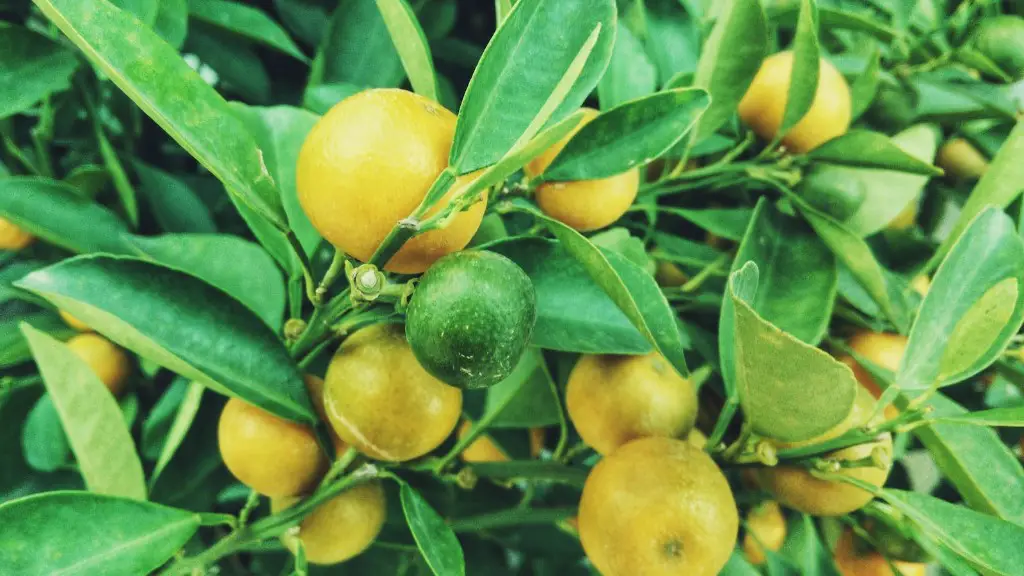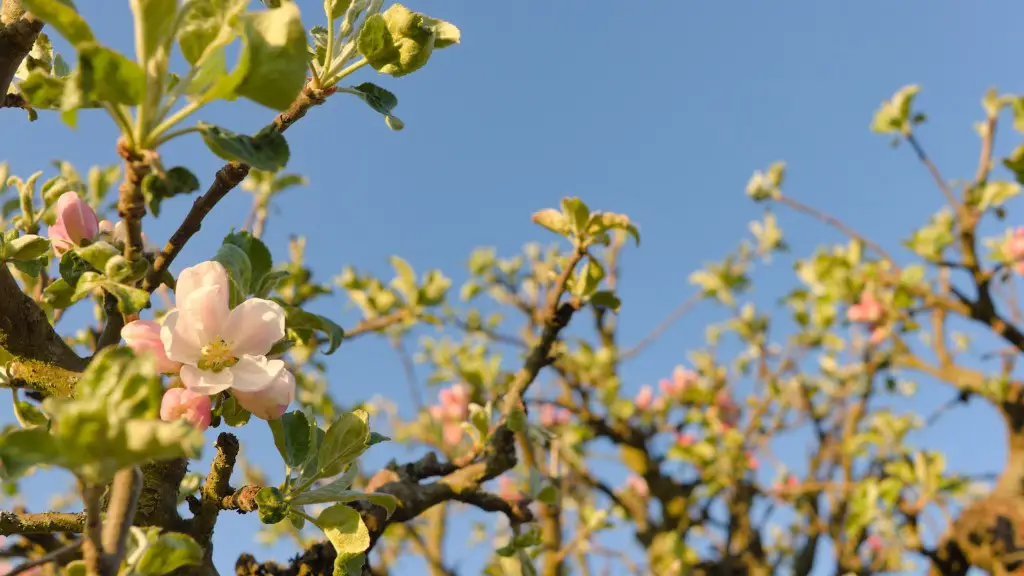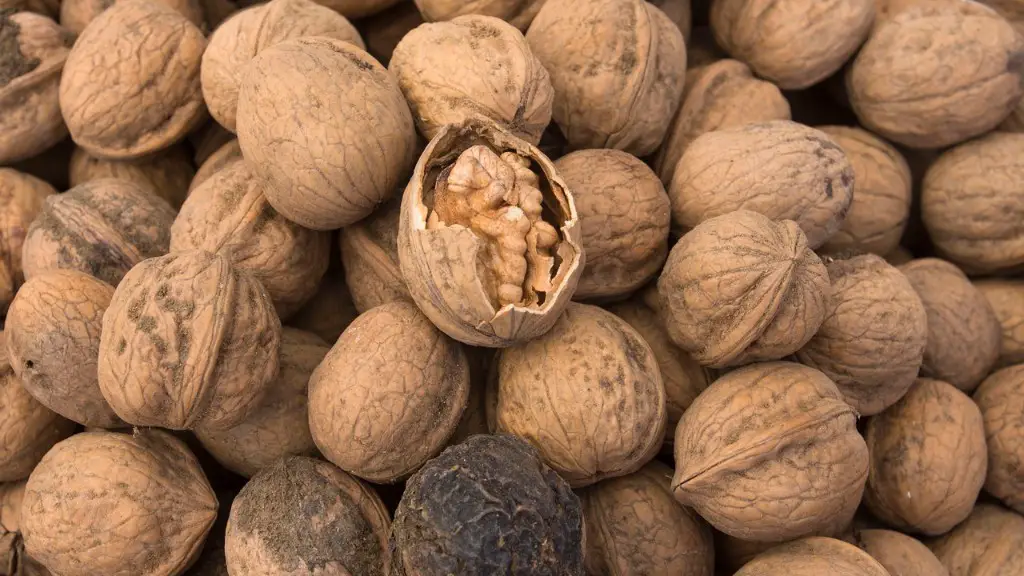Watering
Avocado trees require regular and consistent watering to grow and produce fruits. Depending on the tree’s size and environment, watering should range from one to three times a week, with each watering session taking up to an hour to complete. Watering the tree in the morning so that excess water has time to evaporate from the soil is the best approach. Keeping the soil too moist can cause root rot, so make sure not to flood the tree with water. Also, ensure that the frequency at which you water the avocado tree is consistent; if you accidentally over-water, don’t try to make up for it by under-watering the next time as this can be detrimental to the tree’s health.
Fertilizing
Fertilizing an avocado tree is essential to its health and will help it grow faster and produce larger fruits. Before fertilizing, it’s best to check the pH value of the soil. The ideal range for pH value when it comes to avocado trees is around 6-7. If the pH value is too low, use dolomite lime to raise it to the right levels. You can also use compost or organic mulch to make sure the soil remains healthy. When it comes to fertilizing, organic or liquid fertilizers are best as they are quickly absorbed and give the tree the boost it needs. Additionally, adding calcium and magnesium to the soil can help the tree fight disease and keep its leaves green.
Sunlight and Shade
Avocado trees need plenty of sunshine and outdoor air to thrive; however, too much direct sunlight can be detrimental to the tree. Place the tree in an area of your yard that gets at least 6 hours of direct sunlight per day and make sure there are some protection from strong winds that can break branches and leaves. Avocado trees prefer a shady surrounding during the hottest hours of the day, so make sure there is some shade from Trees or large buildings.
Pruning and Trimming
Once the avocado tree has reached a certain size, it’s important to prune it to keep its shape and encourage growth. To prune an avocado tree, you should remove new growth at the top as well as any dead or damaged branches. Pruning should be done twice a year, in the spring and fall, allowing the tree some time between each session to regrow. Additionally, it’s important to trim any long branches that can disrupt the tree’s shape.
Nutrients and Mineral Supplements
Avocado trees need the right types of nutrients and minerals to grow and thrive. You can provide these to your avocado tree by using a fertilizer specifically designed for avocado trees or using a combination of soil-based and liquid fertilizers. Make sure to follow all instructions given regarding dosage and application, as too much or too little fertilizer can have detrimental effects on the tree. Additionally, adding mineral supplements such as iron and manganese to the soil can help the tree absorb the nutrients more efficiently and enhance its growth.
Protection from Insects and Pests
Avocado trees are susceptible to damage from insects and pests, so it’s important to take the appropriate measures to protect the tree. Use neem oil or pyrethrum-based pheromone traps to prevent pests such as snails and aphids from attacking the tree. Additionally, using insecticidal soap can help keep away fruit-damaging insects such as mites, scales, and thrips. Regularly checking for any signs of pest damage, such as wilting leaves or missing fruit, is also important.
Harvesting Avocados
Harvesting avocados from your tree is easy and rewarding. The fruits should be mature and ready to eat within six to nine months after flowering. The optimal time to harvest is when the fruit has slightly changed color from green to black and has some give to it when touched. Over-ripe fruits can be eaten, but can go bad quickly. The best way to tell if an avocado is ripe is by gently squeezing it, and if no pressure is needed, it’s ready to be picked.
Training the Tree’s Shape
Training an avocado tree’s shape is essential to making sure it is healthy and produces an abundance of fruits. Start by training the tree while it is still young. Place stakes in the ground and run a line of twine or wire between them to support the branches. Prune the branches and tie them to the twine or wire to create a desired shape. As the tree grows, re-tie the branches and replace the stakes as needed.
Staking
Staking an avocado tree is a common practice that helps it gain strength and produces adequate fruits. Stakes should be placed around the circumference of the tree and firmly secured with twine or wire. Placing a stake on each side of the tree will help to support the branches and make them more stable. Additionally, it is important to make sure the stakes are sturdy enough to withstand the tree’s weight.
Protecting from Frost and Cold
Avocado trees are sensitive to cold temperatures, so it’s important to take the necessary precautions to protect them during the winter. Covering the tree with a non-permeable material such as bubble wrap or plastic sheeting is recommended. Additionally, wrapping the tree’s trunk with burlap sack and filling it with straw or sawdust can help keep the temperature of the tree regulated and make sure it doesn’t freeze. Pruning a small number of large, drooping branches during the winter can also help protect the tree from cold temperatures.
Protecting from Sunburn
Avocado trees are prone to sunburn due to their sensitive leaves, so it’s important to take the proper measures to protect them. Providing the tree with adequate shade by growing other plants around it is the best approach. Additionally, using the right type of mulch and adding a white wash to the tree’s trunk and branches can also help protect its leaves from sunburn.
Pest Management
Managing pests is important when it comes to protecting an avocado tree. Applying insecticides that prevent or reduce the number of insects that can damage the tree is the most effective way to protect it. Additionally, it is also important to inspect the tree on a regular basis and remove any dead or infected branches and leaves to prevent the spread of disease.
Disease Prevention
Avocado trees can be susceptible to diseases such as root rot, so it’s important to take steps to prevent it. The most effective way to do this is by making sure the soil is not overly moist. Additionally, planting disease-resistant varieties of avocado trees is also recommended. Planting in raised garden beds and keeping the beds free of weeds also helps protect the tree from diseases.


